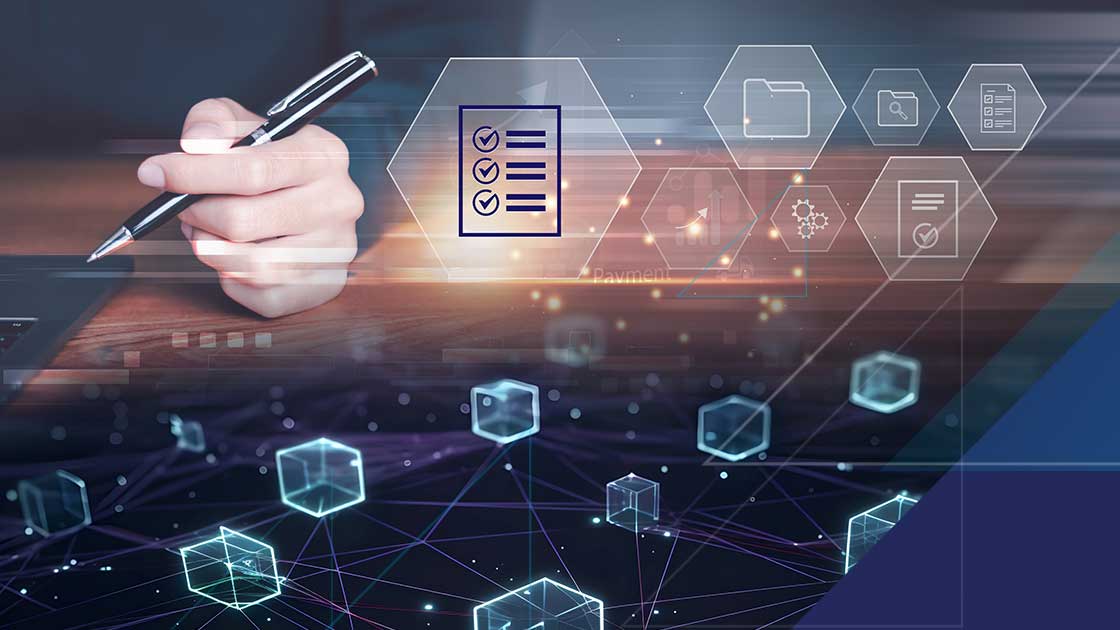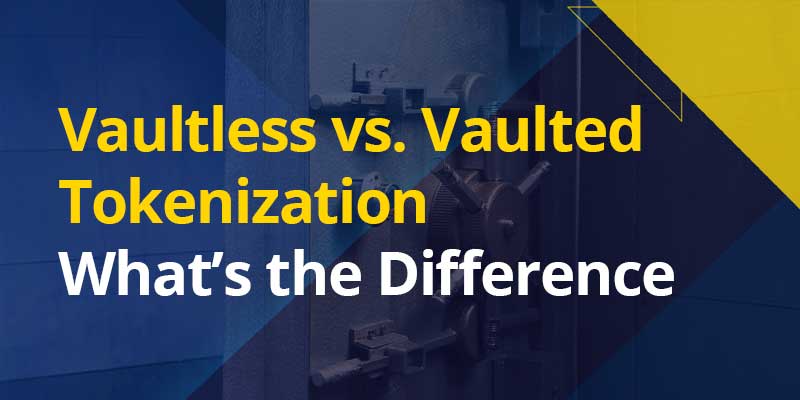An Overview of Tokenization
Tokenization is the process of replacing sensitive data, such as a credit card number or payment data, with a token. A token is a string of randomized data with no meaning or value and it’s been an incredibly valuable tool for businesses to protect data.
TrustCommerce was the first company to formulate the concept of tokenization in 2001. When their client needed a way to reduce the risks of storing cardholder data, they created something called TC Citadel – the first iteration of what we now know as data tokenization. This first iteration allowed for safe and secure payment transactions without the need to store cardholder data on their servers.
The solution proved to be extremely secure, since it ensured hackers would only receive indecipherable strings instead of valuable payment information. Major credit and debit card companies have since adopted this method, which has become an industry norm in the e-commerce landscape.
Here we take a deeper dive into tokenization and its benefits. Let’s dive in.
What are the Advantages of Tokenization?
-
Store Data Safely
Invented 21 years ago, tokenization continues to be one of the best methods to outsmart hackers and protect sensitive information stored online. In fact, the global tokenization market is estimated to increase at a compound annual growth rate (CAGR) of 21.5% over the next five years.
This increase in demand shows just how important data security has become, especially in terms of customer trust and loyalty. The increased rise of data breaches exposing unsecured or “clear-text” Personally Identifiable Information (PII), Protected Health Information (PHI) and financial information has raised serious questions about how consumer data is handled. Breaches bring liability, legal action and millions in fines, while eroding consumer trust and damaging the corporate brand.
With 63% of consumers indicating that an organization’s data collection and storage practices are the most important factor when they share sensitive information with the organization, installing defensive data breach measures, like tokenization, is critical.
-
Go Beyond Payment Data to Protect Personally Identifiable Information
Tokenization has historically been implemented to protect payment data from bad actors. However, its functionality has been expanded to include other kinds of personally identifiable information. Tokenization solutions can be used to help protect the following kinds of data:
- A real name or alias, signature, or physical characteristics or description
- Postal address or telephone number
- Unique personal identifier, account name, online identifier, Internet Protocol address, or email address
- Education and employment, including employment history
- Social security number, driver’s license number, state identification card number, passport number, or other similar identifiers
- Medical information or health insurance information
- Bank account number, credit/debit card number, payment details, or any other financial information
-
Protect Your Business from Data Breaches
Unlike encrypted data, tokenized data is undecipherable and, most of the time, irreversible since there is no relationship between the token and its original number. With the tokens acting simply as an identifier for the valuable information they stand in place of, the information effectively becomes impenetrably protected data.
This allows organizations to safely use pertinent information for uninterrupted business operations while safely storing important data outside the organization’s internal systems – effectively devaluing all data stored within an organization and making it unusable in the event of a data breach.
Want to go deeper?
Not all tokenization methods are created equal. While vaulted tokenization relies on centralized storage, vaultless tokenization eliminates the vault entirely, reducing risk, cost, and complexity. Check out our guide, Vaulted vs. Vaultless Tokenization: What’s the Difference?, to see how vaultless tokenization with Bluefin’s ShieldConex® can better protect sensitive data and simplify compliance.
-
Real-Time Tokenization
Tokenization is no longer exclusively used for the protection of data in storage. It can also be used to immediately tokenize data upon entry into a web form or e-commerce page. With the right tokenization solution, these are created in real-time, so that customer data is protected as soon as it is entered into the system. The best tokenization platform will also be able to protect information across various transactions, including credit card, e-commerce, mobile, and call centers.
-
Reduce PCI Scope
One of the easiest ways for businesses to comply with standards set by the Payment Card Industry Security Standards Council (PCI SSC) is with tokenization. The PCI DSS sets security requirements for businesses that handle payment card data to ensure compliance with strict cybersecurity standards and ensure proper data protection from third parties.
When it comes to protecting payment data, businesses may use a form of tokenization called network tokenization, which is a type of payment tokenization offered by major payment networks — Visa, MasterCard, Discover and more — that replace primary account numbers (PANs) and other card details with a token issued by the card brand.
While securing payment card data with encryption is allowed per PCI DSS, merchants may find it easier to implement tokenization to protect data and meet compliance standards. But because storing and maintaining payment data is often complex, high-performing and ever-changing, tokenization is often a much easier process to add than encryption. This can also reduce PCI scope, since data is never stored on the merchant’s systems.
-
Improve Overall Compliance
Vendors often have to worry about more than just PCI compliance, particularly if they operate in highly regulated industries or are global enterprises. Since tokenization works to protect merchants against fraud and does not house personal information on a vendor’s system, merchants can more easily reach other compliance initiatives such as HIPAA and GDPR.
-
Lower Risk and Liability
Since the data is never stored on a merchant’s system, they are able to significantly lower the liability and risk. With 80% of consumers saying they would avoid purchasing from an organization if their data has been compromised in a security breach, tokenization could save you millions of dollars, not just from a data breach, but also from the loss of customer trust and loyalty.
Final Thoughts
ShieldConex® is a vaultless tokenization platform that secures PII, PHI, cardholder data (CHD) and ACH account data entered online. ShieldConex immediately masks sensitive data upon entry through Bluefin’s iFrame or API’s, ensuring that it never travels through a system or network as clear-text, where it could be accessible in the event of a data breach. Clients can leverage format-preserving encryption (FPE), format-preserving tokenization (FPT) or a combination of both with ShieldConex.
You can learn more about tokenization and its difference from encryption, or check out our white paper by QSA Foregnix for a deeper dive into tokenization.
Deep Dive into PCI, P2PE & Tokenization
Curious how tokenization and PCI-validated point-to-point encryption (P2PE) work together to protect card data and reduce compliance burden? Download our white paper, “Impact of PCI P2PE and Tokenization”, to get the key insights and best practices.










